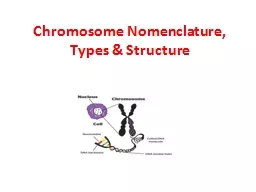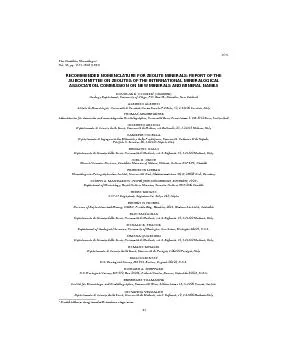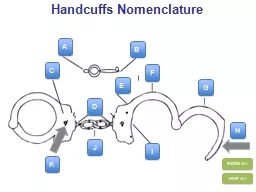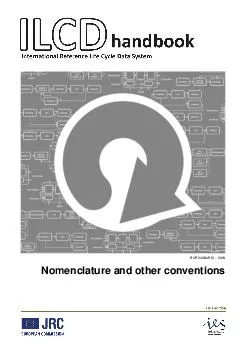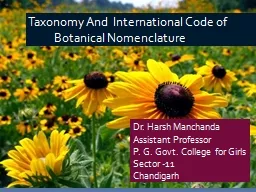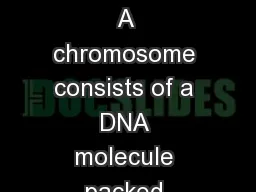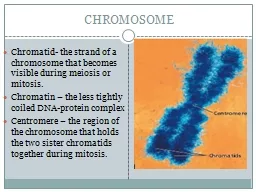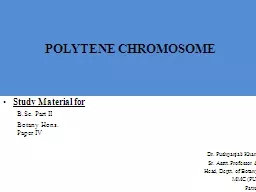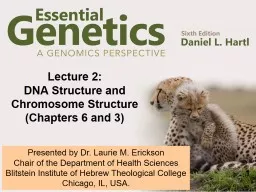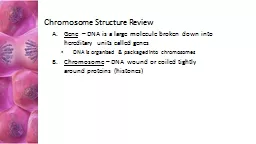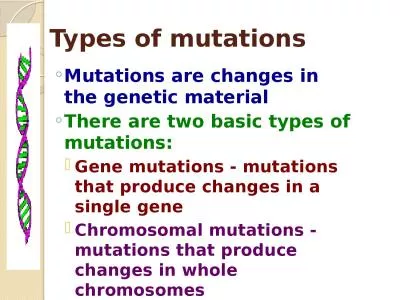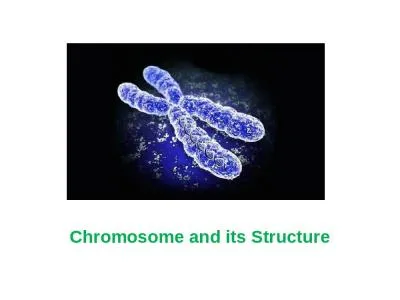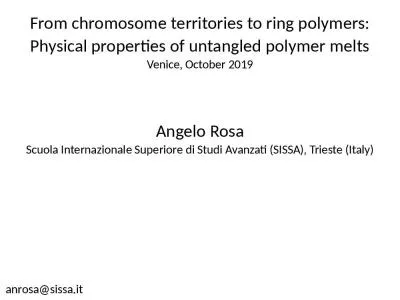PPT-Chromosome Nomenclature, Types & Structure
Author : martin | Published Date : 2022-06-07
Chromosomes The term chromosome was coined by W Waldeyer in 1888 Their structures varies in different organisms like they are circular in bacteria but
Presentation Embed Code
Download Presentation
Download Presentation The PPT/PDF document "Chromosome Nomenclature, Types & Str..." is the property of its rightful owner. Permission is granted to download and print the materials on this website for personal, non-commercial use only, and to display it on your personal computer provided you do not modify the materials and that you retain all copyright notices contained in the materials. By downloading content from our website, you accept the terms of this agreement.
Chromosome Nomenclature, Types & Structure: Transcript
Download Rules Of Document
"Chromosome Nomenclature, Types & Structure"The content belongs to its owner. You may download and print it for personal use, without modification, and keep all copyright notices. By downloading, you agree to these terms.
Related Documents

